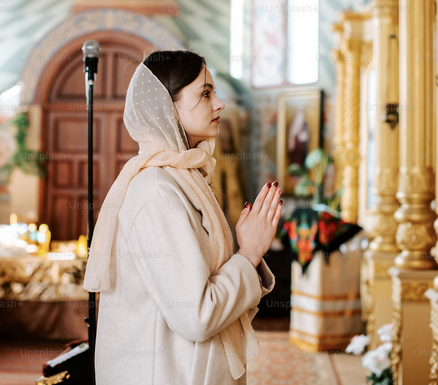Lifting Women in Progressive Churches
A Women’s History Month Essay

When, as an ex-Christian, I became curious about progressive Christianity several years ago, I was thrillingly surprised by what I saw in a church in my town. But I wasn’t going to join up as long as I had any doubt that patriarchy might be lurking in the corners. I wasn’t going to be a second-class member ever again.
So I made a bargain with myself. I would attend as long as it took to decide if I could fit in and support this church. I would hold Christianity’s feet to the fire—I was prickly about it, yes, I was.
Sunday after Sunday, a reshaped yet authentic Christian faith unfolded for me. I found that the hymnal honored both male and female images of God. We prayed the Lord’s prayer, starting with “Our Creator” or “Our Father and Mother.” Sermons astounded me, like the story of the widow’s mite not being an exemplar of admirable devotion, but instead was Jesus’s rant against a system that made a desperately poor woman feel compelled to give all while others grew rich and gave proportionately little. My head was exploding. Full participation was welcomed by all, LGBTQ included. And I saw leadership roles in this church held by women as often as by men.
It was then that my curiosity widened and I began searching out writings that I would never have given a glance at a few years earlier. Two things happened then. First, the last of my prickly questions was put to rest. I joined the church. Second, I became aware that not all progressive leaders have the benefit of being steeped in women’s voices equally with men’s.
And that is understandable, after all. Much of what I had so needed in order to reconstruct my faith came from voices even progressives still tend not to lift up: women’s voices of all colors. An essay by Eboni Marshall Turman, who teaches at Yale Divinity School, introduced me to black womanist theologians writing in the 1980s—so long ago and still so little known. Yet very much worth being known—they brought up uncomfortable questions, such as about the discarded Hagar. Such as a fresh look at the theology of surrogacy in the dominant (white male) atonement writings. White women, too, have contributed boat-rocking scholarship, such as the recent work by Elizabeth “Libbie” Schrader about Mary Magdalene. Talk about re-energizing the faith!
We all know we are living in a time of great danger to our faith. If we let White Christian Nationalism become entrenched as the very definition of Christianity in the minds of millions of non-religious Americans, we’re sunk, getting tarred with the same brush. Resulting, of course, in fewer new people entering our progressive churches.
We have much work to do. Big things, like improving the balance of men’s and women’s voices in lists of resources. And small things, like book cover design decisions. The cover of a recently issued children’s curriculum book depicts a winding a single-file path with a pair of children in the foreground and another pair further up the path. Both girl-and-boy pairs show the boy leading and the girl following. Should we not give thought to what subtle message we’re sending?
Jean Waight
Author, The River Beyond the Dam: Shooting the Rapids of Progressive Christianity
jeanwaight.com
